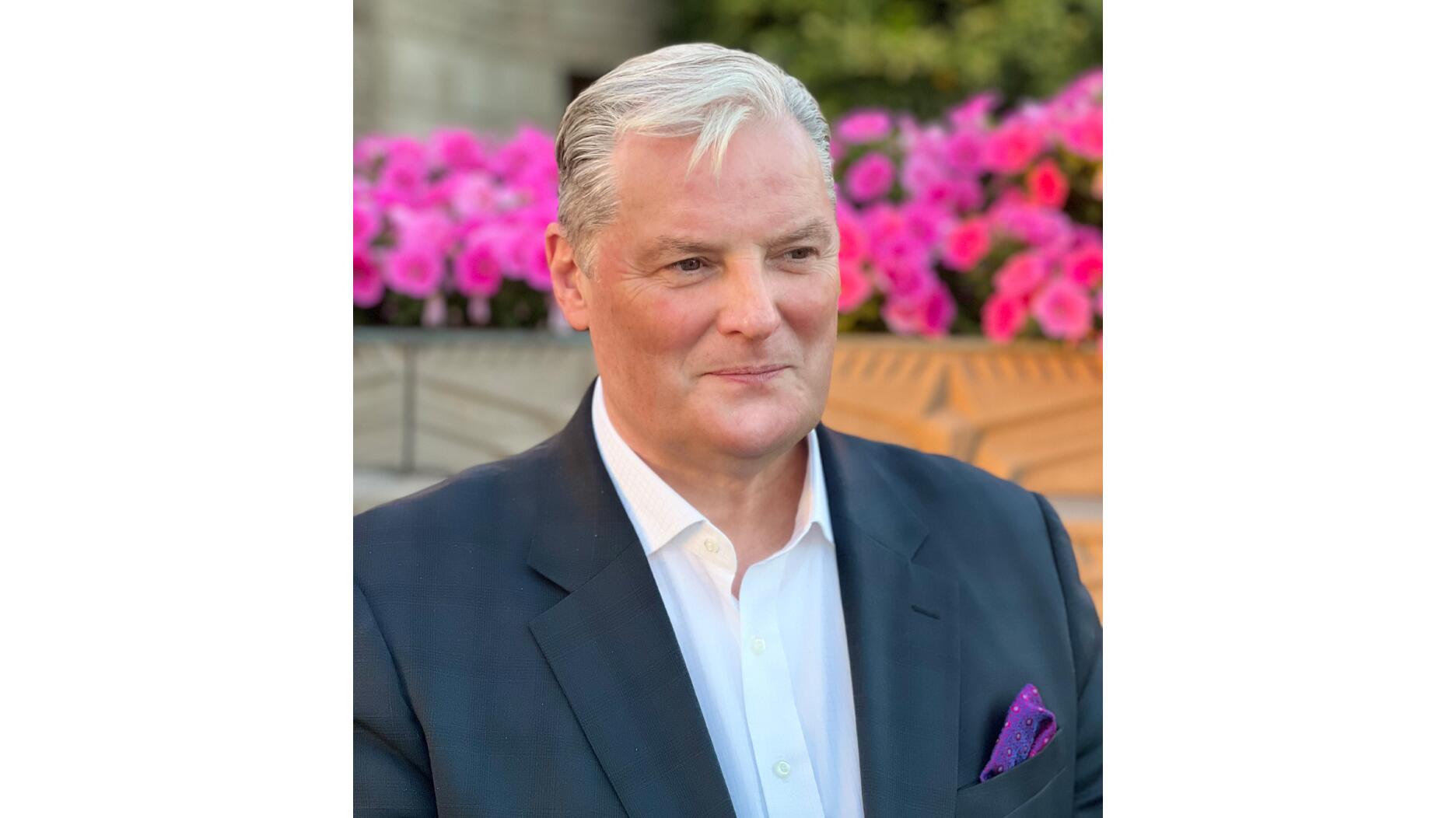The Smart Lab: How to Effectively Navigate Jewelry Brand Requests
Emmanuel Raheb outlines six ways retailers can make brand relationships smoother and more beneficial for both parties.

In a perfect world, their goals and yours should be in alignment.
In order to work together harmoniously, it’s important the jewelry store collaborates with the brands to keep their presence up to date, which often requires many updates and requests.
Here are six ways to effectively handle those requests so you both benefit and grow your businesses together.
1) Prioritize your jewelry partners.
Carefully selecting and prioritizing jewelry brand partners according to their compatibility with your store’s identity and the preferences and demographics of your target market is critical.
You want to focus on brands that offer styles your customers want at price points they can afford. It does no good to carry a brand just to say you have “X” brand if it’s too expensive and customers can’t afford it. Even if it raises your store’s profile, the costs may be too high.
Prioritizing brand partnerships often involves not only selling their jewelry but also creating an entire experience around each brand.
High-end jewelry brands can demand dedicated displays, co-op spending, and specialized staff training.
Look before you leap and know what you’re getting into so you can prioritize jewelry partners that give you the best return on your investment.
Prioritize the brands you carry based on your goals, not theirs.
2) Communicate effectively and often.
Effective communication forms the backbone of any successful partnership. It is the only way to ensure everyone is aligned with each other’s goals and expectations.
For example, sharing your sales data can help your jewelry partners understand which of their styles are selling and which aren’t so you both can adjust your marketing strategies and spend levels.
Effective communication also includes negotiating favorable terms during peak buying seasons such as Mother’s Day, Black Friday, and the end-of-year holiday period.
The goal should always be to increase sales, and a good jewelry brand partner will help you do that.
They’ll only succeed if you do.
3) Streamline your processes.
How you operate and handle your jewelry brand partners will dictate your level of success.
Streamlining your store operations, such as by implementing and monitoring an inventory management system that syncs with your jewelry partners’ systems, allows for real-time updates and reduces the risk of a popular jewelry style being out of stock.
You also want to have a dedicated point person and a system in place for how you track, maintain, and respond to partner requests.
With jewelry stores increasingly carrying more and more brands, it can be daunting to keep up with each one’s minimum spend levels, specific terms, and brand guidelines.
An unfortunate misstep or two and your store risks a popular jewelry brand getting pulled from your showcases.
4) Collaborate when you can.
Collaboration with the jewelry brands you carry can be a powerful way to make your store stand out.
You can work with jewelry brands to create exclusive collections that reflect your jewelry store’s brand, your customers preferences, and the latest fashion trends.
Popular ways to collaborate include hosting joint events like designer meet-and-greets, jewelry styling workshops, or themed launch parties that generate excitement and draw in the crowds.
These collaborations create buzz, foster community around your store, and attract media attention, all of which can drive more foot traffic and increase sales.
5) Assess your available resources.
Realistically assessing your jewelry store’s capabilities is essential when managing requests from jewelry brands.
This includes your financial resources, staff abilities, available space in your showcase, and marketing budget.
Being aware of your store’s limits helps in making informed decisions about which brands to partner with and what scale of promotions to undertake.
This helps ensure you don’t overextend yourself and take on too much too soon. You want controlled growth, not to lose control.
6) Act strategically and be proactive.
Being proactive in the jewelry business means anticipating trends, understanding your customer’s evolving tastes, and adapting your marketing strategy accordingly.
Always be forward-thinking and use your store’s data and customers’ buying habits to predict future trends. Work with your brand partners to stock styles that will meet these future needs.
For example, if you notice there’s a growing interest from your customers in sustainable materials, then work with jewelry brands that use only ethically sourced gemstones or metals.
By leading the charge, you position your store not just as a retailer but as a trendsetter in the jewelry industry and your community.
To sell jewelry effectively and remain open, you need both a passion for the business and a commitment to your community.
Owning a jewelry store is special. What other business serves families generation after generation and helps them mark life’s milestones?
There’s no better way to be successful than to choose and work with jewelry partners who have your best interests in mind.
When your goals and the brands you carry are in alignment, you both win. And that’s the best victory of all.
The Latest

Chris Blakeslee has experience at Athleta and Alo Yoga. Kendra Scott will remain on board as executive chair and chief visionary officer.

The credit card companies’ surveys examined where consumers shopped, what they bought, and what they valued this holiday season.

Kimberly Miller has been promoted to the role.

How Jewelers of America’s 20 Under 40 are leading to ensure a brighter future for the jewelry industry.

The “Serenity” charm set with 13 opals is a modern amulet offering protection, guidance, and intention, the brand said.


“Bridgerton” actresses Hannah Dodd and Claudia Jessie star in the brand’s “Rules to Love By” campaign.

Founded by jeweler and sculptor Ana Khouri, the brand is “expanding the boundaries of what high jewelry can be.”

Roseco’s 704-page catalog showcases new lab-grown diamonds, findings, tools & more—available in print or interactive digital editions.

The jewelry manufacturer and supplier is going with a fiery shade it says symbolizes power and transformation.

The singer-songwriter will make her debut as the French luxury brand’s new ambassador in a campaign for its “Coco Crush” jewelry line.

The nonprofit’s new president and CEO, Annie Doresca, also began her role this month.

The trade show is slated for Jan. 31-Feb. 2 at The Lighthouse in New York City's Chelsea neighborhood.

January’s birthstone comes in a rainbow of colors, from the traditional red to orange, purple, and green.

The annual report highlights how it supported communities in areas where natural diamonds are mined, crafted, and sold.

Footage of a fight breaking out in the NYC Diamond District was viewed millions of times on Instagram and Facebook.

The supplier has a curated list of must-have tools for jewelers doing in-house custom work this year.

The Signet Jewelers-owned store, which turned 100 last year, calls its new concept stores “The Edit.”

Linda Coutu is rejoining the precious metals provider as its director of sales.

The governing board welcomed two new members, Claire Scragg and Susan Eisen.

Sparkle with festive diamond jewelry as we celebrate the beginning of 2026.

The master jeweler, Olympian, former senator, and Korean War veteran founded the brand Nighthorse Jewelry.

In its annual report, Pinterest noted an increase in searches for brooches, heirloom jewelry, and ‘80s luxury.

Executive Chairman Richard Baker will take over the role as rumors swirl that a bankruptcy filing is imminent for the troubled retailer.

Mohr had just retired in June after more than two decades as Couture’s retailer liaison.

Shekhar Shah of Real Gems Inc. will serve as president of the Indian Diamond & Colorstone Association in 2026.

This year’s good luck charm features the mythical horse Pegasus, and is our first Piece of the Week of the new year.

Articles about crime, engagement rings, and a necklace worn in the World Series generated the most interest among readers.






























